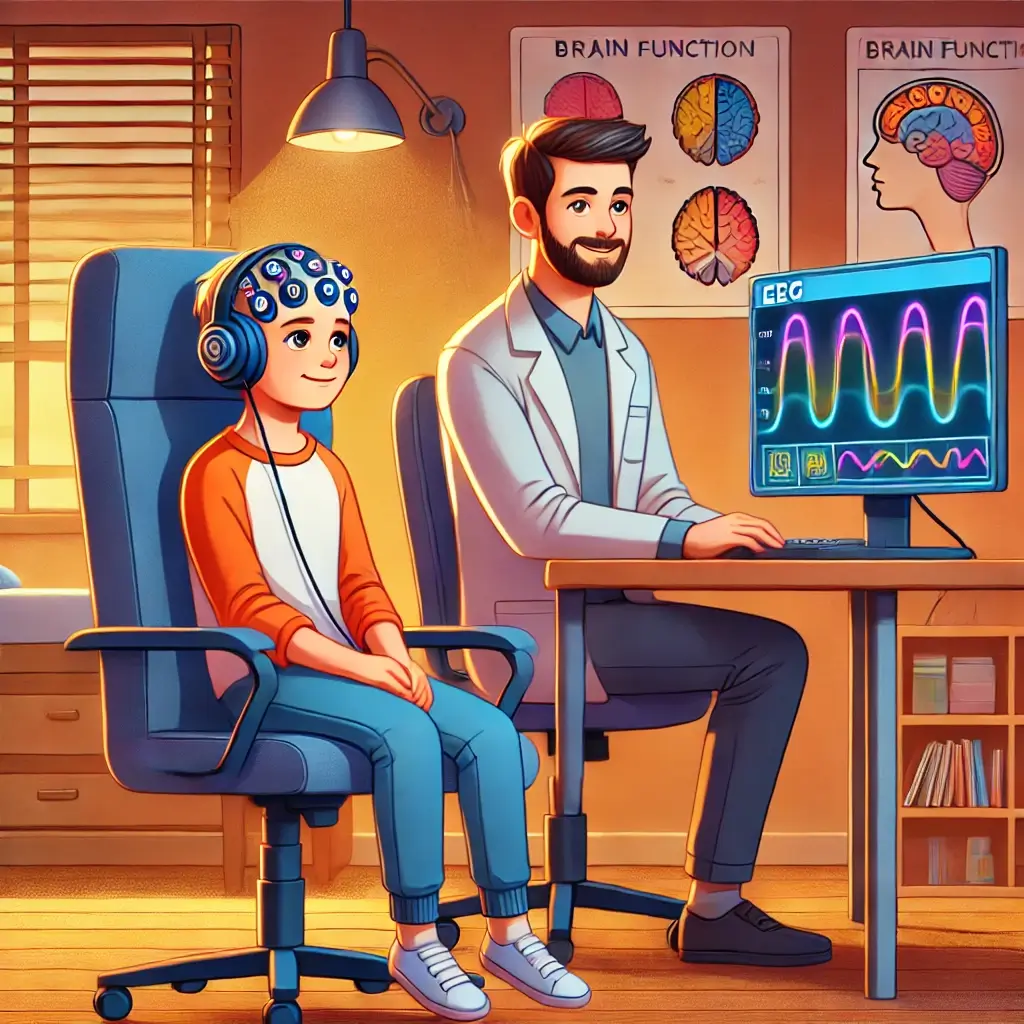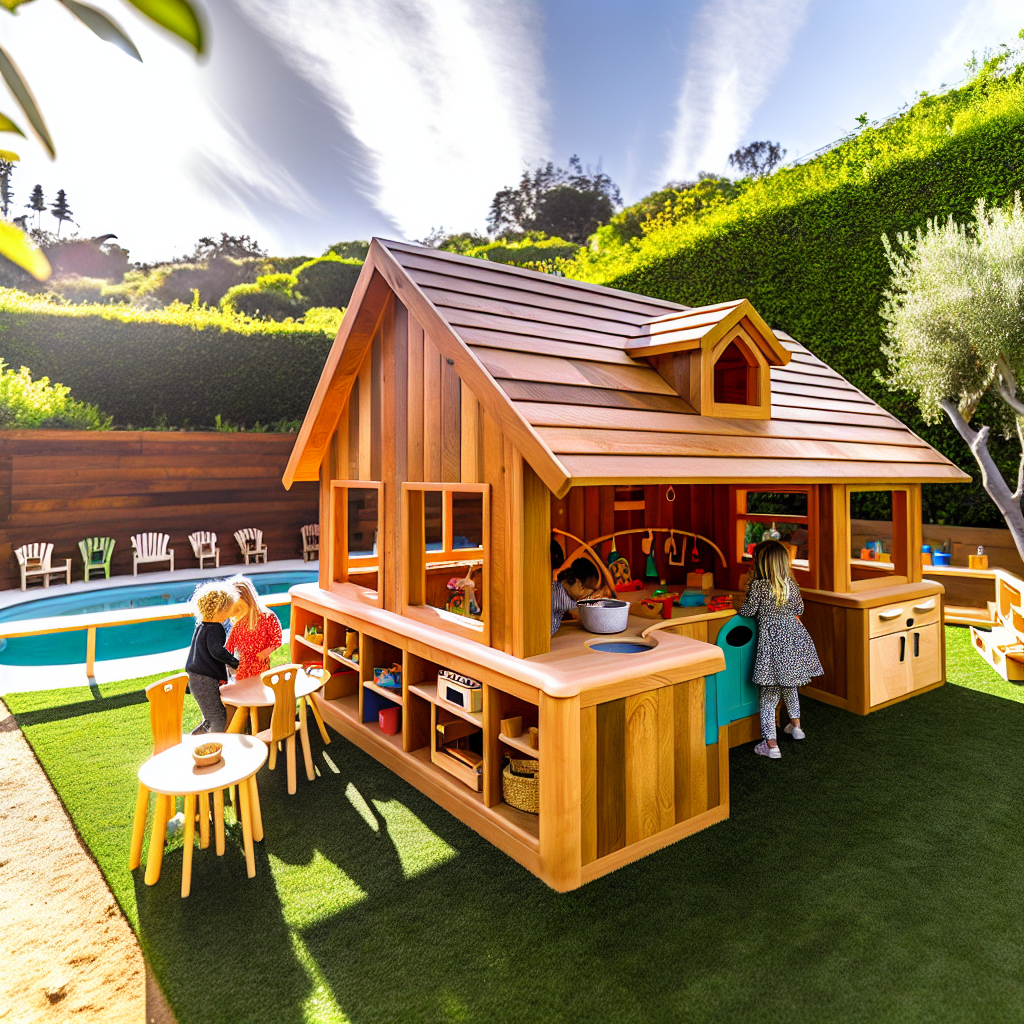Understanding ADHD Challenges and Treatment Options
Raising a child with Attention-Deficit/Hyperactivity Disorder (ADHD) can be challenging for families, as symptoms like inattention, hyperactivity, and impulsivity often impact daily routines, school performance, and social relationships. While medication and behavioral therapy for ADHD treatment are common treatment options, many parents are exploring neurofeedback training for long-term improvements as a promising alternative that supports long-term improvements without invasive measures.
Introduction to Neurofeedback Technology
Neurofeedback, also known as EEG biofeedback, uses technology to provide real-time feedback on brain activity, helping children learn how to regulate their own brain functions. Dr. Elena Rodriguez, a neuropsychologist at the Brain Development Center, explains, “Neurofeedback offers a non-invasive treatment for children with ADHD to develop better self-regulation skills, with lasting results.” Research supports this view, with studies showing up to a 70% improvement in ADHD symptoms after structured neurofeedback training programs (Journal of Neurotherapy, 2024).
Process of Neurofeedback Training
Neurofeedback training is a personalized process designed to help the brain function more efficiently. The process begins with a comprehensive evaluation of brain activity through EEG. This painless procedure records brainwaves and identifies patterns linked to ADHD symptoms. During sessions, children engage in activities like video games or watching videos, but there’s a twist—the feedback they receive is directly tied to their brain activity. Over weeks or months, these sessions help children develop stronger self-regulation skills for everyday life management.
Research-Backed Benefits
Research has highlighted several key benefits of neurofeedback for children with ADHD, including a 45% increase in sustained attention among participants (ADHD Treatment Studies, 2024), a 40% reduction in impulsive behaviors after training (Pediatric Neurology Quarterly, 2024), and a 50% improvement in academic performance and homework completion (Journal of Neurotherapy, 2024).
Practical Implementation Guidelines
When considering neurofeedback for your child, focus on finding certified neurofeedback practitioners with ADHD experience. Set realistic expectations for treatment duration and monitor progress through behavioral changes and EEG data. Consider the financial aspects, as neurofeedback treatment costs and insurance coverage can vary significantly.
Understanding Limitations and Challenges
Despite its benefits, neurofeedback isn’t a perfect solution. Potential challenges include the time commitment for regular neurofeedback sessions, often 2-3 times per week, costs ranging from $100 to $200 per session, and individual variability in treatment response based on factors like age, symptom severity, and co-existing conditions.
Final Considerations
Neurofeedback training offers a hopeful option for families seeking sustainable ADHD management. By harnessing the brain’s natural ability for self-regulation and adaptation, this innovative approach helps children develop skills that go beyond symptom control. As with any treatment, it’s essential to consult with healthcare professionals and consider all factors before beginning neurofeedback.
References and Research
Journal of Neurotherapy Research on ADHD (2024)
ADHD Treatment Clinical Studies (2024)
Pediatric Neurology Research Quarterly (2024)
Brain Development and ADHD Research (2024)





